Psychosocial Storytelling at a Multicultural Center
TYO uses many different approaches to give people new opportunities to experience and understand themselves. One of TYO’s most important contributions to the community is a multicultural environment where people from different backgrounds, ethics and religions can interact with each other and hear other people’s stories. Drama classes, photography classes, arts and crafts, creative thinking, and sports classes are all tools for self-exploration. TYO applies the main concepts of therapeutic storytelling in each of its classrooms—allowing TYO students tell their stories in order to take a closer look at themselves, their families, and their neighborhoods in order to develop knowledge and appreciation of themselves as individuals and members of a group.

The concept of “narrative” refers to important life stories and the therapeutic value that can be gained from the telling and re-telling of these stories. Stories are defined by Brown—a psychologist—as “a narrative sense-making form [that] relates a sequence of events” (Morgan 2002). In other words, the “therapeutic process seeks to gain insight in people’s stories which will allow the therapist to help the client re-author these stories. It has an interest in history and the broader context that is affecting people’s lives as well as the ethics or politics of therapy” (Morgan 2002).
Dominant Narratives
Psychologists Eptson and White believe that clients come to therapy with a dominant story, one that prevents them from articulating an alternative story. White calls the original story “thin description.” Thin description is shaped by both self and culture—relationships with the family, spouse, and community. It lacks depth because thin description does not leave space for other stories to be active. Thin description can be damaging to a person’s ego. Epston and White argue that clients are able to resolve their problems when they are encouraged to differentiate themselves from the problems that they have internalized for many years by finding alternatives to the dominant story.
In helping clients to discover alternative stories, therapists must recall that individuals create meaning in conjunction with culture. When clients come to therapy, they can create their own reality and assign meaning to it, but that meaning is also socially constructed (Kazdim 2000). These two processes of meaning-making explain the persistence of counterproductive thin description. Thin description comes out of a difficult experience, so it is hard for the people to create new meanings without support from cultural elements that help them to understand themselves (Kazdim 2000). As a multicultural center, TYO provides both formal and informal opportunities for individuals to realize and reflect on the cultural sources of the meaning in their lives. When confronted with members of other communities and societies, the contributions that culture makes to meaning-making become salient.
Re-authoring Narratives
In order to provide clients with the support that they need to move beyond the dominant narrative, the therapist challenges and encourages them as they process their emotions using externalization. Externalization is a tool for handling emotions and finding alternative narratives in which the problem is seen as separate from and influential on the client. The client is then asked for his/her perspective on the problem (Angus and McLeod 2004, 339).
Externalization of a problem is the first step in the process of re-authoring the client’s narrative. Re-authoring can help the story to be an effective, positive force in the client’s life, and it is achieved through conversations between the therapist and the client. In these conversations, the therapist encourages the client to connect incidents of his/her life through time according to one theme or plot. Then, the therapist can help the client rediscover neglected events or stories to help him/her to think about his/her life from a different perspective, thereby achieving greater knowledge of self. These neglected stories are called a unique outcome; unique outcomes become the foundation for new positive stories. As such, this process gives clients an acute awareness of the internal and external discourses that provide them with choices for loving their lives and finding security in their relationships.
Although we are individuals, our stories are all connected and related. One story prompts another story, and each story works as a whole system that includes the place, time, people, history, culture, and religion. There is no better place to explore the individual and cultural sources of narrative than at a multicultural center like Tomorrow’s Youth Organization.
-Suhad
Suhad Jabi is the Psychosocial Program Manager at Tomorrow’s Youth Organization in Nablus.
References
Kazdim, A.E. (Ed.) (2000). Encyclopedia of Psychology, Volume 5. Oxford: Oxford University Press.
Morgan, A (2002). What is narrative therapy? Dulwich Centre. https://www.dulwichcentre.com.au/questions.html. Retrieved February 2, 2012.
Angus, E. & McLeod, M. (2004). The Handbook of Narrative and Psychotherapy.

